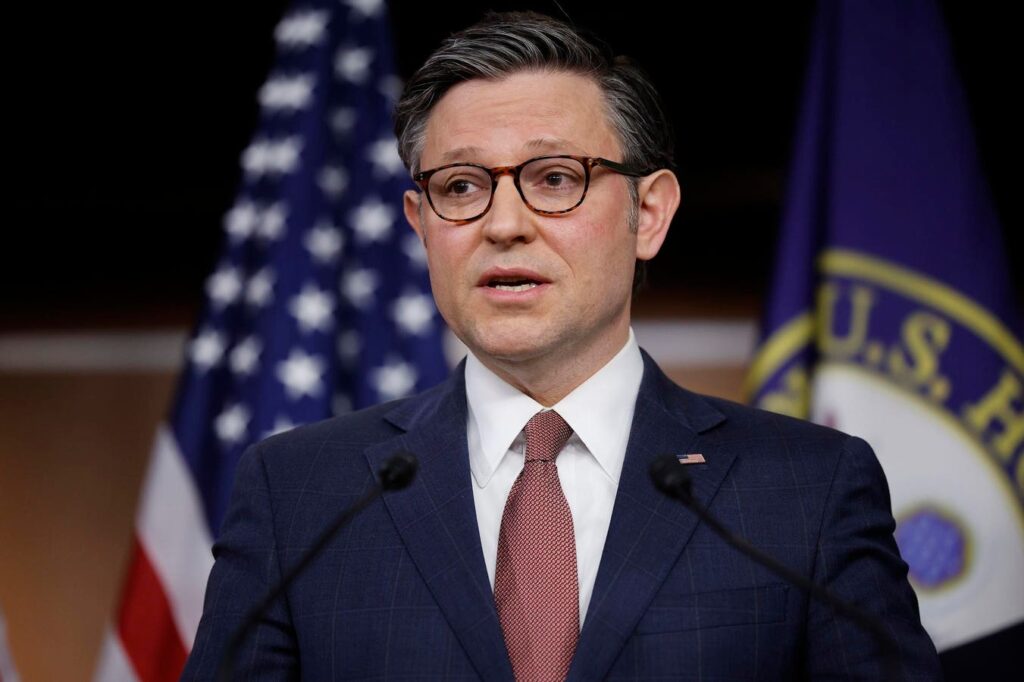Overview Of The Republican Student Loan Forgiveness And Repayment Overhaul
House Republicans have introduced a broad-based student loan and higher education reform bill that would transform student loan forgiveness and repayment, eliminate key borrower protections, and reshape access to federal financial aid. The proposal, aimed at offsetting extended tax cuts, would cut an estimated $330 billion in education spending and mark the most significant rewrite of student loan policy in decades.
While the plan promises savings for taxpayers and simplicity for new borrowers, it could come at a cost to others. In a previous Forbes post, I highlighted seven groups that could win big if the bill is enacted. Here are eight groups that stand to lose the most.
Reduced Access To Student Loan Forgiveness And Repayment Of Financial Aid
1) Low-Income Students Receiving Pell Grants
The bill raises the course load required for a full Pell Grant from 12 to 15 credits per semester. Students taking only 12 credits would see their maximum Pell Grant shrink by $1,479, reducing the award to $5,916. In addition, students enrolled in fewer than six credits—often working adults or part-time learners—would no longer qualify for any Pell aid at all. These tighter eligibility rules could increase unmet financial need for low-income students and potentially push college out of reach.
2) Undergraduate Borrowers with Financial Need
The proposal eliminates subsidized student loans for undergraduates, ending interest-free borrowing while in school for future students. Currently, financially needy students benefit from subsidized Stafford loans that don’t accrue interest until after graduation. Removing this benefit means future borrowers will begin accumulating interest from day one, increasing total debt and making repayment more burdensome.
Rising Repayment Burdens For Families And Graduate Borrowers
3) Graduate and Professional Students Needing Large Loans
The bill terminates the Grad PLUS loan program and introduces aggregate loan caps: $100,000 for master’s degrees and $150,000 for professional or doctoral programs. Many high-cost programs, especially in medicine and law, exceed these limits, forcing students to turn to riskier private loans or pay out of pocket. The plan also eliminates subsidized undergraduate loans for these borrowers, meaning no interest relief on any federal student debt.
4) Parents Who Rely on Parent PLUS Loans
Under the proposal, Parent PLUS loans would be capped at $50,000 per student, and only available after the student has maxed out their own loan eligibility. Many middle- and lower-income families, including a disproportionate number of Black households, use Parent PLUS to fill tuition gaps. With the new cap, some families may fall short of covering college costs, potentially forcing difficult choices around enrollment, borrowing, or cost-cutting.
Harder To Reach Student Loan Forgiveness For Key Groups
5) Student Loan Borrowers Counting on Student Loan Forgiveness
The plan would replace existing income-driven repayment plans with a new Repayment Assistance Plan that extends the forgiveness timeline to 30 years or 360 payments. Current IDR options offer forgiveness after 20 or 25 years and, in some cases, only 10 years. The proposal also eliminates the $0 payment tier: even the lowest-income borrowers must pay at least $10 per month. These changes shift the promise of student loan forgiveness further out of reach, especially for borrowers with modest incomes.
6) Medical and Dental Graduates Seeking Public Service Loan Forgiveness
The bill would end the practice of counting payments made during medical and dental residencies toward Public Service Loan Forgiveness for new borrowers starting after July 1, 2025. Though the plan offers interest-free deferment during residency, those years would no longer count toward the 10-year PSLF timeline. For many early-career doctors and dentists, this change would delay forgiveness by three to seven years and could dissuade some from working in nonprofit or public health settings.
Shrinking Repayment Protections For Vulnerable Borrowers
7) Student Loan Borrowers Facing Hardship or Unemployment
The proposal eliminates economic hardship and unemployment deferments for loans issued after July 2026. Instead, struggling borrowers would be directed to the income-based plan and required to make minimum payments of $10, regardless of employment status. The bill also limits discretionary forbearances to nine months within any 24-month period. For borrowers in financial crisis, the lack of flexible options to pause payments could lead to faster delinquency and default.
8) Defrauded Students and Borrowers of Closed Schools
The bill repeals borrower defense and closed-school discharge regulations enacted under the Biden administration. These rules currently allow students to seek loan forgiveness if they were defrauded by their school or if their institution shuts down. Eliminating these protections raises the bar for relief and could leave students stuck with debt for worthless credits. Without gainful employment rules or borrower defense, critics warn the door is reopened for predatory practices by low-quality institutions.
What The Student Loan Forgiveness And Repayment Overhaul Means For Borrowers
These changes, if enacted, would create a dramatically different landscape for future student loan borrowers. While the plan may streamline repayment and lower federal costs, the tradeoffs are steep for those relying on protections, access, and forgiveness to make college affordable. While there are certainly winners, there are also many groups that will lose big if the Republican student loan forgiveness and repayment overhaul is enacted.
Read the full article here

